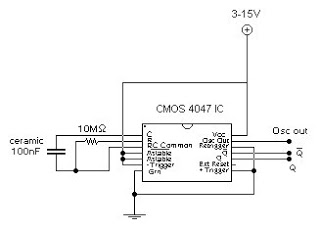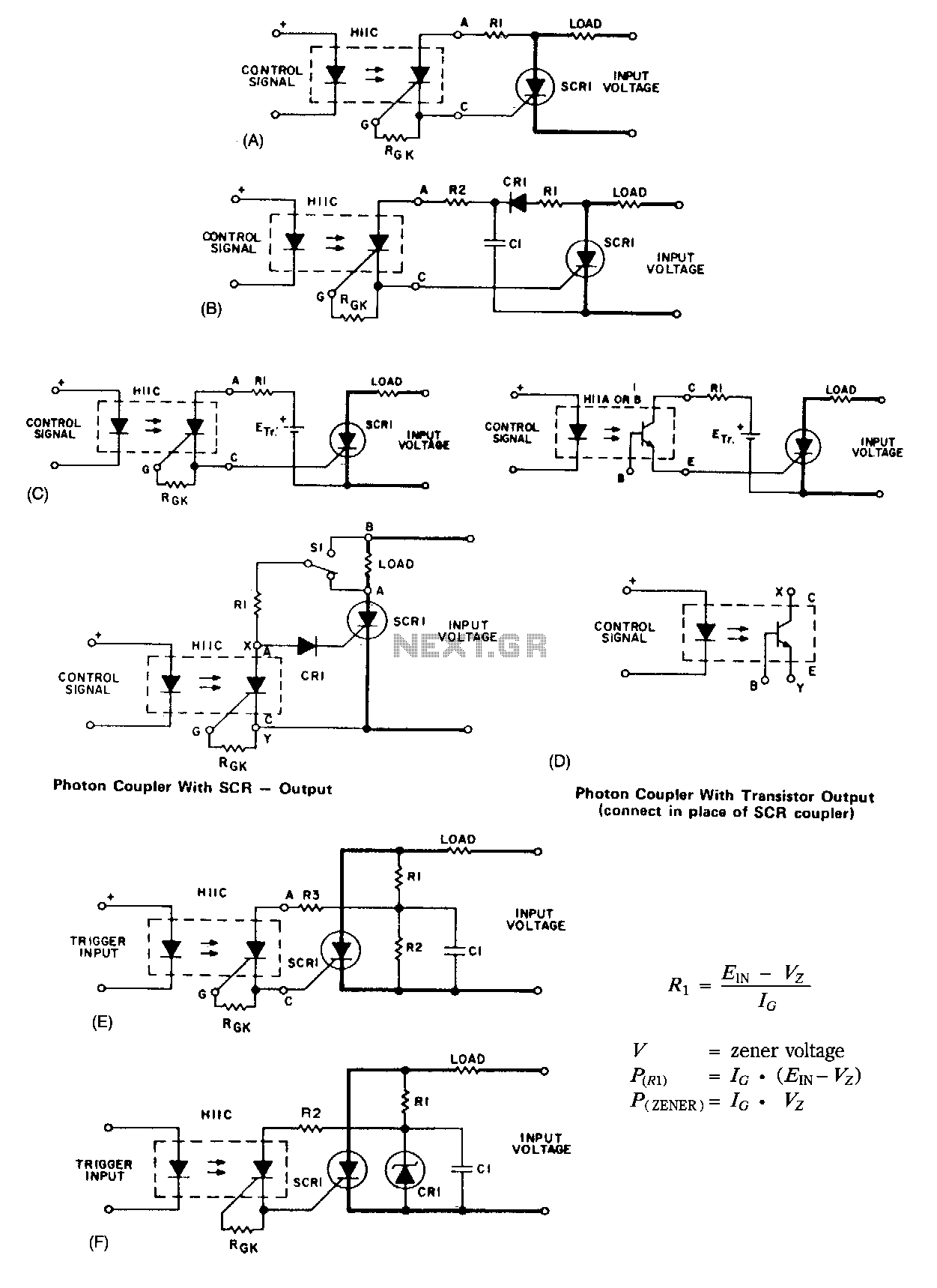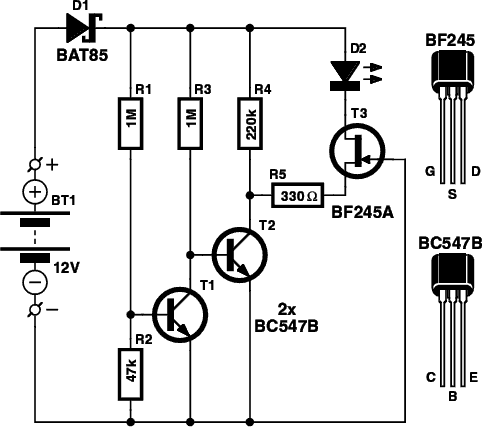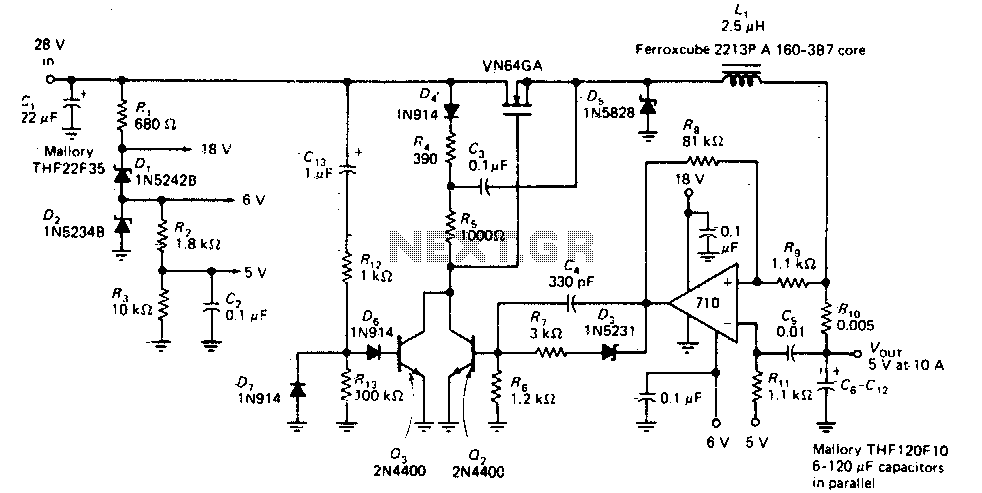
A 4-Digit Keypad Controlled Switch circuit
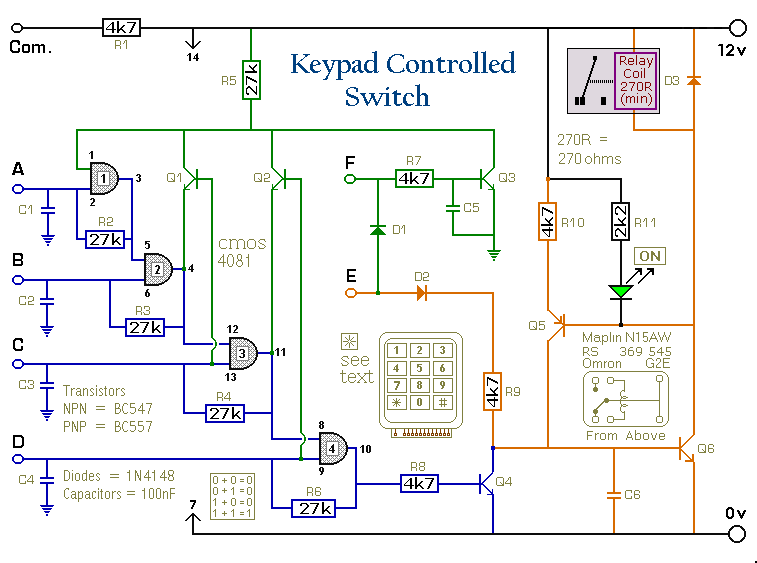
This is a universal version of the four-digit alarm control keypad. The design has been modified to free up the relay contacts, allowing the circuit to function as a general-purpose switch. A single pole changeover (SPCO) or single pole double throw (SPDT) relay has been used, although a multi-pole relay can also be employed if desired.
The universal four-digit alarm control keypad circuit is designed to provide a versatile and user-friendly interface for various electronic applications. The core functionality of this circuit revolves around a microcontroller that interprets the input from the keypad, allowing users to enter a four-digit code to control the relay contacts.
The keypad typically consists of a matrix arrangement of buttons, each corresponding to a digit from 0 to 9, as well as additional keys for functions such as enter or reset. The microcontroller reads the state of the buttons and processes the input. Upon successful entry of the correct code, the microcontroller activates the relay.
The relay, which can be a SPCO or SPDT type, serves as the output device in this circuit. When the relay is energized by the microcontroller, it can control a variety of loads, functioning as a general-purpose switch. This flexibility allows the circuit to be integrated into different systems, such as security alarms, home automation systems, or any application requiring a controlled switch mechanism.
In terms of power supply, the circuit may require a regulated voltage source compatible with the microcontroller and relay specifications. Proper decoupling capacitors should be included to ensure stable operation. Additionally, it is advisable to incorporate protection diodes across the relay coil to prevent back EMF from damaging the microcontroller.
For enhanced functionality, the circuit can be designed to include features such as LED indicators for status feedback, sound alarms for incorrect code entries, and additional inputs for sensor integration. With these enhancements, the universal four-digit alarm control keypad circuit can be tailored to meet specific user requirements while maintaining reliability and ease of use.This is a Universal version of the Four-Digit Alarm Control Keypad. I have modified the design to free up the relay contacts. This allows the circuit to operate as a general-purpose switch. I`ve used a SPCO/SPDT relay - but you can use a multi-pole relay if you wish.. 🔗 External reference
The universal four-digit alarm control keypad circuit is designed to provide a versatile and user-friendly interface for various electronic applications. The core functionality of this circuit revolves around a microcontroller that interprets the input from the keypad, allowing users to enter a four-digit code to control the relay contacts.
The keypad typically consists of a matrix arrangement of buttons, each corresponding to a digit from 0 to 9, as well as additional keys for functions such as enter or reset. The microcontroller reads the state of the buttons and processes the input. Upon successful entry of the correct code, the microcontroller activates the relay.
The relay, which can be a SPCO or SPDT type, serves as the output device in this circuit. When the relay is energized by the microcontroller, it can control a variety of loads, functioning as a general-purpose switch. This flexibility allows the circuit to be integrated into different systems, such as security alarms, home automation systems, or any application requiring a controlled switch mechanism.
In terms of power supply, the circuit may require a regulated voltage source compatible with the microcontroller and relay specifications. Proper decoupling capacitors should be included to ensure stable operation. Additionally, it is advisable to incorporate protection diodes across the relay coil to prevent back EMF from damaging the microcontroller.
For enhanced functionality, the circuit can be designed to include features such as LED indicators for status feedback, sound alarms for incorrect code entries, and additional inputs for sensor integration. With these enhancements, the universal four-digit alarm control keypad circuit can be tailored to meet specific user requirements while maintaining reliability and ease of use.This is a Universal version of the Four-Digit Alarm Control Keypad. I have modified the design to free up the relay contacts. This allows the circuit to operate as a general-purpose switch. I`ve used a SPCO/SPDT relay - but you can use a multi-pole relay if you wish.. 🔗 External reference

